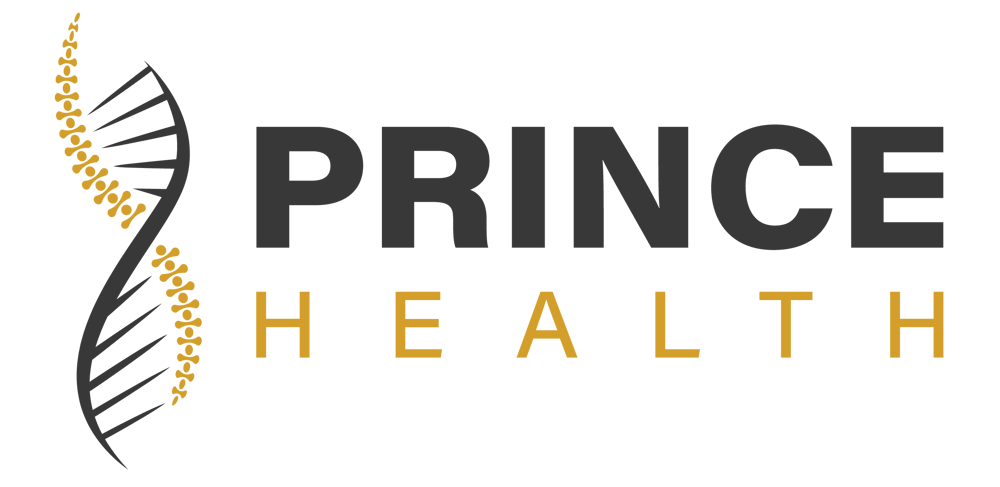IV Ozone Therapy in the Woodlands, TX
(aka Major Autohemotherapy, Ozone Therapy, Ozone Insufflation, Oxygen Therapy)
*ADMINISTERED BY PHYSICIAN OR NURSE*
Not for medical purposes
Ozone is a gas with three oxygen atoms (03) in the molecule. The oxygen that we breathe is 02, meaning it has two oxygen atoms in its molecule. The combination of atomic oxygen with 02 produces ozone in the atmosphere.
Around the world, ozone is commonly produced for medical/wellness use by ozone generators that pass an electrical charge over oxygen thereby changing O2 to 03.
Experience the potential benefits of IV ozone therapy right here in The Woodlands, TX. At Prince Health, our state-of-the-art ozone therapy treatments are designed to support your wellness journey.
What does Ozone do inside the body?
Ozone has been shown to be highly germicidal in that it will almost instantly kill virtually all viruses, bacteria, fungi, parasites, molds, etc that are exposed to it. It is known to oxidize just about all manmade chemicals. Ozone has a lot of biological effects. The following is a partial list:

How does ozone Therapy work?




Safety of Ozone
The proper use of ozone is very safe. Ozone enhances the body's systems by cleaning out waste and providing oxygen. It is a natural modality with high efficacy and nearly zero side effects. In a survey of German ozone therapists, 5,579,238 ozone treatments on 384,775 patients displayed a side effect rate of a mere 0.0007% that were uniformly very minor.
A brief history of ozone
Christian Friedrich Schonbein discovered ozone in 1840. Ozone has been used for more than 150 years. Ozone therapy was accepted medicine in the USA from about 1880 until 1932, a period of fifty-two years. Many prominent physicians used ozone to treat a wide variety of medical conditions.
Frequently Asked Questions

How does IV Ozone therapy work?
IV Ozone therapy works by introducing ozone into the bloodstream, where it interacts with red blood cells and plasma, promoting improved oxygen utilization and enhancing the body's healing processes.

Is the treatment safe?
Yes, when administered by trained professionals, IV Ozone therapy is considered safe. We take every precaution to ensure a safe and effective experience for our patients.

How many sessions will I need?
The number of sessions varies based on individual health goals and conditions. During your consultation, we will develop a customized treatment plan that suits your needs.

What should I expect during a session?
Most patients report feeling relaxed during the treatment. Sessions typically last about 30 to 60 minutes, and you can resume normal activities immediately afterward.
Disclaimer: At Prince Health, we believe that exceptional care comes from the power of collaboration. Our multidisciplinary team—including Doctors of Chiropractic, a Medical Doctor, Nurse Practitioners, and Registered Nurses—works together seamlessly to support your health journey through their areas of specialty, from Chiropractic, Regenerative Medicine, and Functional Medicine. United by a shared commitment to patient‒centered care, our professionals combine clinical expertise with compassion to deliver innovative, personalized, and holistic solutions. Whether you’re seeking relief, recovery, or long‒term wellness, our team is here to guide and empower you every step of the way. Experience the difference of integrated care—meet the dedicated team behind your health at Prince Health.
The information contained in this Site is for general guidance on matters of health interest only. While we have made every attempt to ensure that the information contained in this Site has been obtained from reliable sources, Prince Regenerative Medicine is not responsible for any errors or omissions, or for the results obtained from the use of this information.





